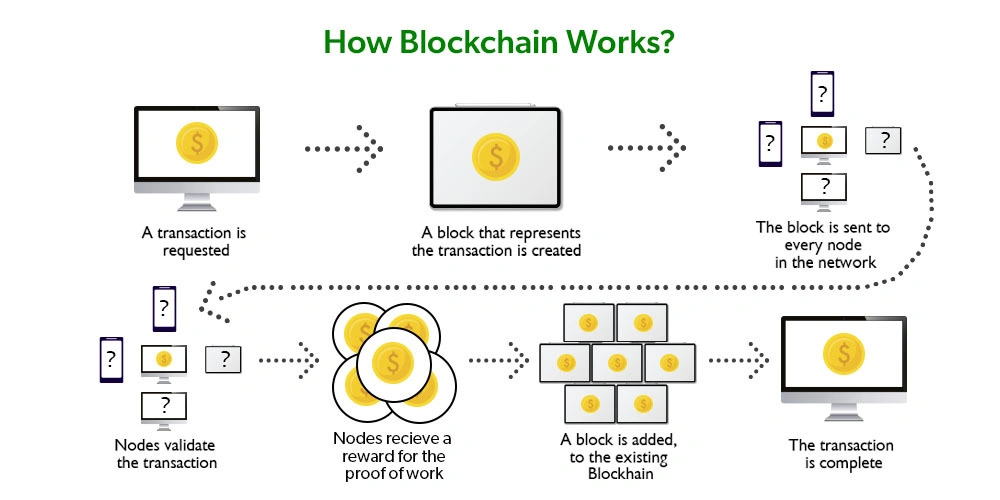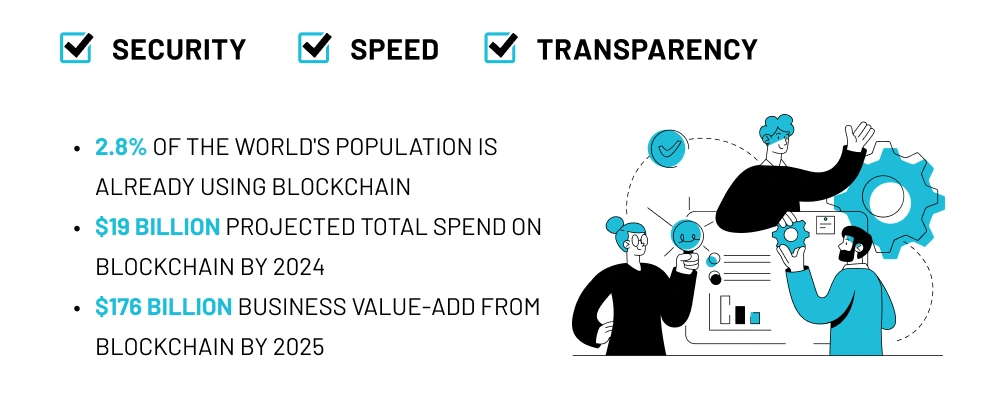Blockchain Technology for Beginners: Understanding the Digital Ledger Changing the World
A Beginner’s Window Into Blockchain Technology
Blockchain technology may sound complex, but at its core, it’s a system designed to make digital information trustworthy, transparent, and permanent. And no—you don’t need to be a developer or a tech wizard to understand it.
If you’ve ever tracked a package, checked your bank statement online, or followed a food label that traces ingredients back to their origin, you’ve already interacted with systems that value transparency and traceability. Blockchain offers a new way to do all of that—only faster, more securely, and without needing a central authority.
So what exactly is blockchain? Let’s break it down as if we were chatting over coffee.
What Is Blockchain, Really?
Think of blockchain as a shared notebook—only instead of paper, it lives online. This notebook is open for a group of people (called a “network”) to use, but no one owns it entirely. Every time someone writes a new note—say, a payment made or a document signed—it gets locked in permanently and can’t be changed or erased.
Each “note” in this notebook is stored in a digital container called a block. These blocks are linked together like a chain—hence, blockchain. And because everyone in the network sees the same version of the notebook, no one can sneak in and quietly change the past.
How Does It Actually Work?

Credit from GeeksforGeeks
When someone makes a transaction on a blockchain—whether it’s sending digital money or recording a contract—this action is broadcast to the network. From there, a group of computers (called nodes) double-checks the transaction to make sure it’s legitimate.
Once verified, the transaction is grouped with others into a new block. That block gets a unique fingerprint (called a hash) and links to the previous block’s hash, creating a secure chain.
If someone tries to tamper with one block, the fingerprints don’t match anymore—so the entire network can tell something’s off. That’s part of what makes blockchain so secure.
Different blockchains verify these transactions in different ways. The two most common methods are:
- Proof of Work (PoW): Computers solve puzzles to add new blocks (used by Bitcoin).
- Proof of Stake (PoS): Participants earn the right to validate blocks based on how much they’ve invested or “staked” in the system (used by Cardano and others).
Why Is Everyone Talking About Blockchain?
One reason blockchain technology has become a buzzword is that it offers a decentralized way to handle trust. Traditionally, we rely on banks, lawyers, or institutions to confirm identity, process payments, or validate documents. Blockchain removes the need for many of these middle steps by letting the system itself handle verification.
This has exciting implications for industries far beyond cryptocurrency:
- In healthcare, it can securely store patient records across hospitals.
- In supply chains, it helps track the origin of goods like coffee beans or electronics.
- In real estate, it may one day automate home sales using smart contracts.
- And yes—in voting systems, it could prevent fraud by keeping ballots transparent and tamper-proof.
Not All Blockchains Are the Same

Credit from Zigurat
You might hear terms like “public” and “private” blockchains thrown around. Here’s what they mean:
- Public blockchains are open to anyone. Anyone can join, view, and contribute. Think of Bitcoin and Ethereum.
- Private blockchains are controlled by a single organization. Access is restricted, often used in businesses or internal systems.
- Consortium blockchains are governed by a group of organizations—like banks or healthcare providers working together.
- Hybrid blockchains mix elements of public and private, allowing businesses to keep sensitive data private while offering public transparency when needed.
Is Blockchain Technology Here to Stay?
It’s true that blockchain is still evolving—and yes, there are challenges. The technology must overcome hurdles related to energy use, regulation, scalability, and general public understanding.
But the momentum is real. Governments are exploring digital currencies. Enterprises are testing blockchain for logistics and legal automation. Startups are building apps that use blockchain to support creators, track carbon footprints, or prevent identity theft.
Learning Blockchain, One Step at a Time
You don’t need to memorize code or buy cryptocurrency to explore the world of blockchain. Understanding the concepts is the best place to start.
There are now entire platforms and free beginner courses available for anyone curious to learn more—from students to retirees. The Cardano Academy, for example, offers structured lessons that walk you through blockchain fundamentals at your own pace, no prior experience required.
Final Thoughts: Why Blockchain Technology Matters

Credit from Tech.co
Even if you’re not investing in digital coins or building apps, blockchain technology is something worth understanding. Like the internet in its early days, it’s shaping new ways for us to interact, exchange value, and trust systems without blindly trusting institutions.
For beginners, the key is to focus on the principles: transparency, decentralization, and security. From there, the technical side becomes easier to grasp. The future may not be fully written yet—but block by block, the chain is forming.




